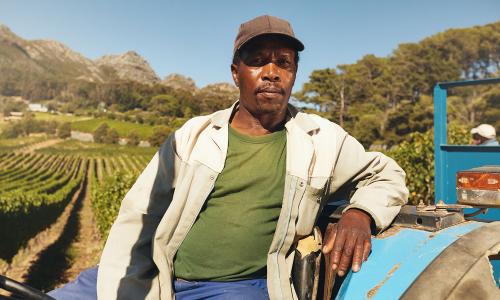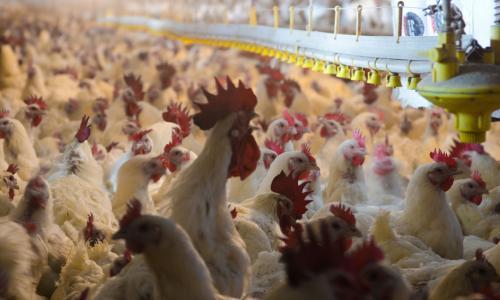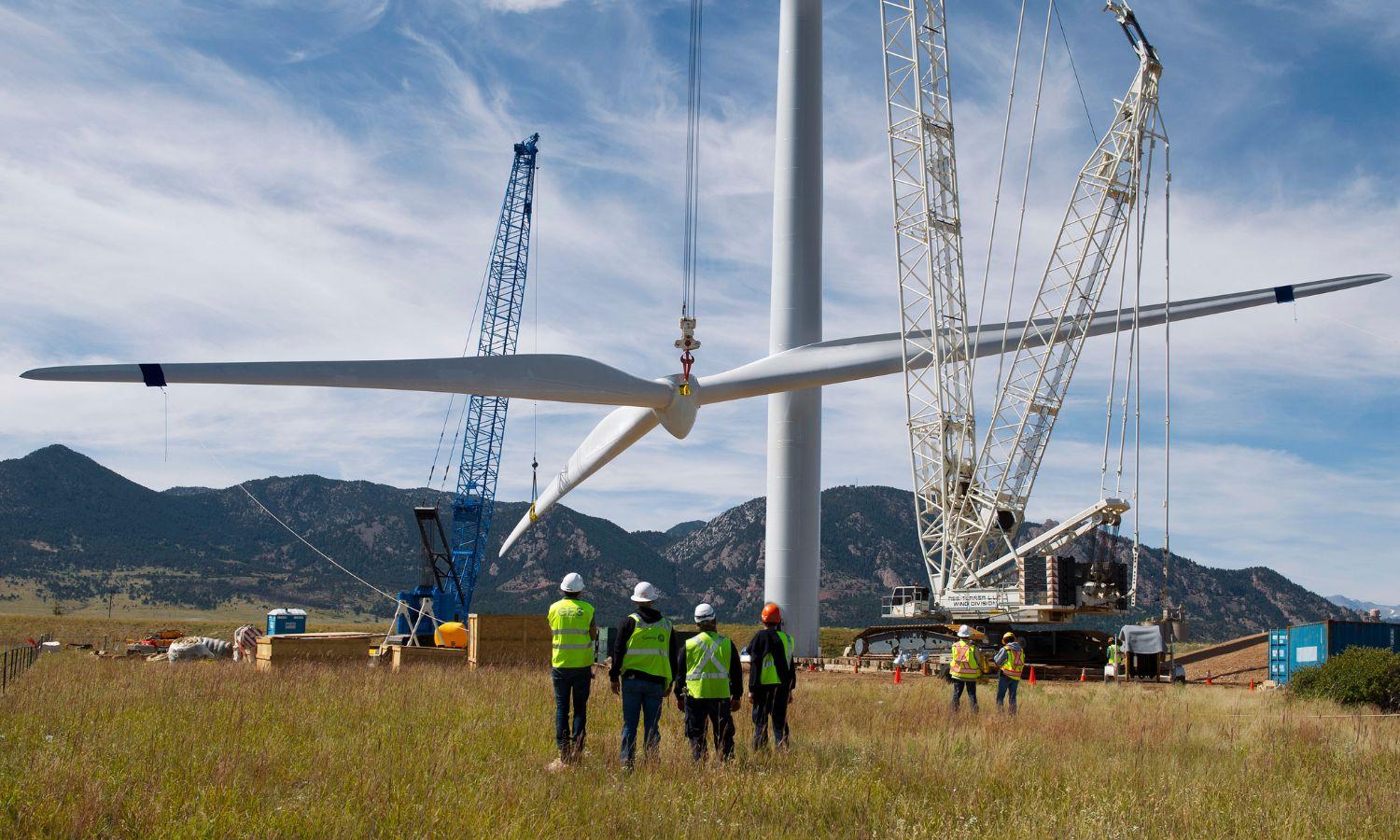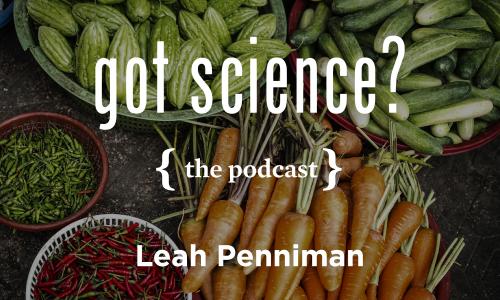Our food system is on a collision course with tomorrow. We need to start making changes today.
Healthy soil, like clean air and water, is one of the fundamental support systems that sustain our lives and our communities. When we damage or neglect our soil, we threaten our future food supply.
So we should be concerned about the fact that the dominant US agricultural system is built on practices that wear out farmland, substituting chemical fertilizers and pesticides for the rich biodiversity and complex structure of healthy, living soil, and damaging downstream communities and fisheries with water pollution.
This approach to farming is a dead end in the long run—and thanks to climate change, the long run is coming all too soon. We need to build healthy soil today, so that we—and our children and grandchildren—can eat healthy food tomorrow.
Fortunately, we know how to do this. Farmers can use science-based innovations—such as rotating multiple crops instead of just one or two, planting cover crops rather than leaving soil bare, and integrating plants and animals like natural ecosystems do—to bring their soils back to life and make their farms more sustainable and resilient. There's plenty of evidence that farms using these practices can be productive and profitable. But implementing them can be a challenge—and current farm policy too often adds to the challenges.
Smarter public policies that provide incentives and support for healthy-soil practices can help move us in the right direction. But powerful interests with a big stake in the status quo are keeping us stuck at the starting line. We're working to accelerate food system reform—and you can help.
What we're doing
- Advocating at both the state and federal levels for policies and incentives that provide farmers with the tools they need to build healthy, living soil,
- Partnering with farmer organizations, businesses, downstream communities, and other stakeholders to build broad-based support for these policies,
- Mobilizing consumers to tell their favorite food companies they want food grown in ways that build heathy soil and thriving farms for the long term.







